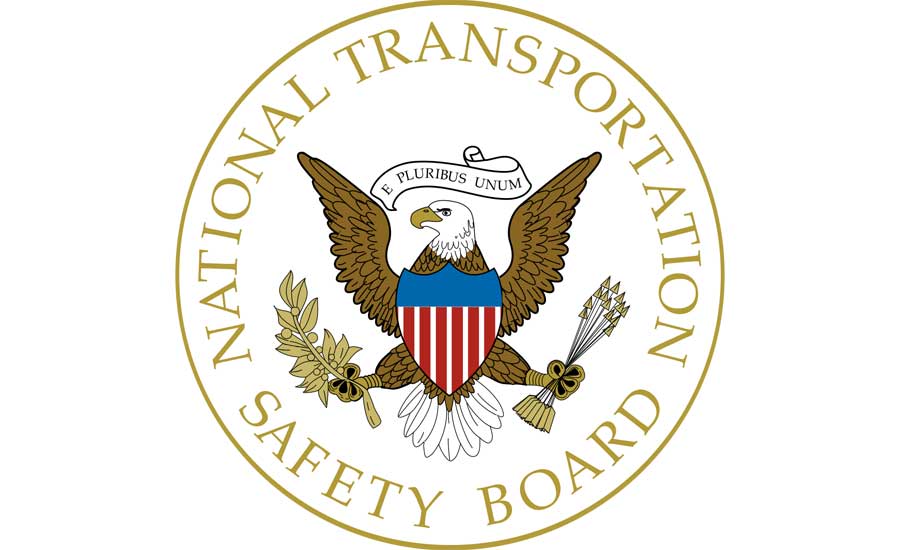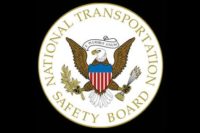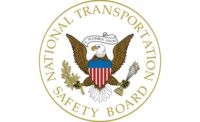Few answers yet in La. plane crash that claimed five lives

No mayday was received from the small plane that crashed shortly after taking off from a Louisiana airport on Dec. 28, 2019, killing five of the six people on board and injuring several people on the ground.
The National Transportation Safety Board’s (NTSB) preliminary report into the incident does not include a probable cause. Instead, it provides a meticulously reconstructed sequence of events involving the Piper PA 31T, which took off on a personal flight from Lafayette Regional Airport/Paul Fournet Field (LFT) in Lafayette en route to the Dekalb-Peachtree Airport (PDK), Atlanta, Georgia.
Amid a light breeze, mild temperatures in the mid 60s and overcast skies that limited vertical visibility to 200 feet, the commercial pilot of the aircraft initiated what appeared to be a routine series of actions: requesting and receiving clearance from the LFT ground controller to PDK; taxiing down the runway; receiving instructions to climb to 10,000 feet and turn right.
"A continuous descent to the ground"
The plane never reached that altitude. The highest it climbed was 925 feet, after which it “entered a continuous descent to the ground” while – according to witnesses – rolling continuously to the left. A low altitude alert was issued by the air traffic controller to the pilot but there was no response, no mayday or emergency transmission was recorded from the accident airplane. Witnesses said when they heard the plane flying overhead, at a low altitude, it sounded as if both engines were at a high rpm. The plane appeared out of the low cloud bank in a steep, left-bank turn and rolled wings level just before it struck trees and transmission lines, then the road. It continued making contact across a United States Postal Service (USPS) parking lot, seriously injured a woman in a parked car, which rolled several times and then was consumed by a postimpact fire. and. Two USPS employees received minor injuries from flying glass inside of the building.
An 800 foot long debris field
The wreckage path, which was nearly 800 feet long, included fragmented and burned pieces of the airplane and tree debris. The right wing, the outboard left wing, both engines, both elevator controls, the rudder, the instrument panel, and forward cabin separated from the main fuselage and pieces were located in the debris field. The main wreckage consisted of the main fuselage and the inboard left wing.
The NTSB investigation is ongoing. The Investigator in Charge (IIC) is Jennifer Rodi. Others who are participating in the investigation include: Todd Gentry; Federal Aviation Administration; Washington, DC Paul Marks; Federal Aviation Administration; Baton Rouge, LA Kate Whitaker; Piper Aircraft; Phoenix, AZ Les Doud; Hartzell Propeller; Piqua, OH Beverly Harvey; Transportation Safety Board of Canada Claude Beaudry; Pratt and Whitney Canada.
Looking for a reprint of this article?
From high-res PDFs to custom plaques, order your copy today!






